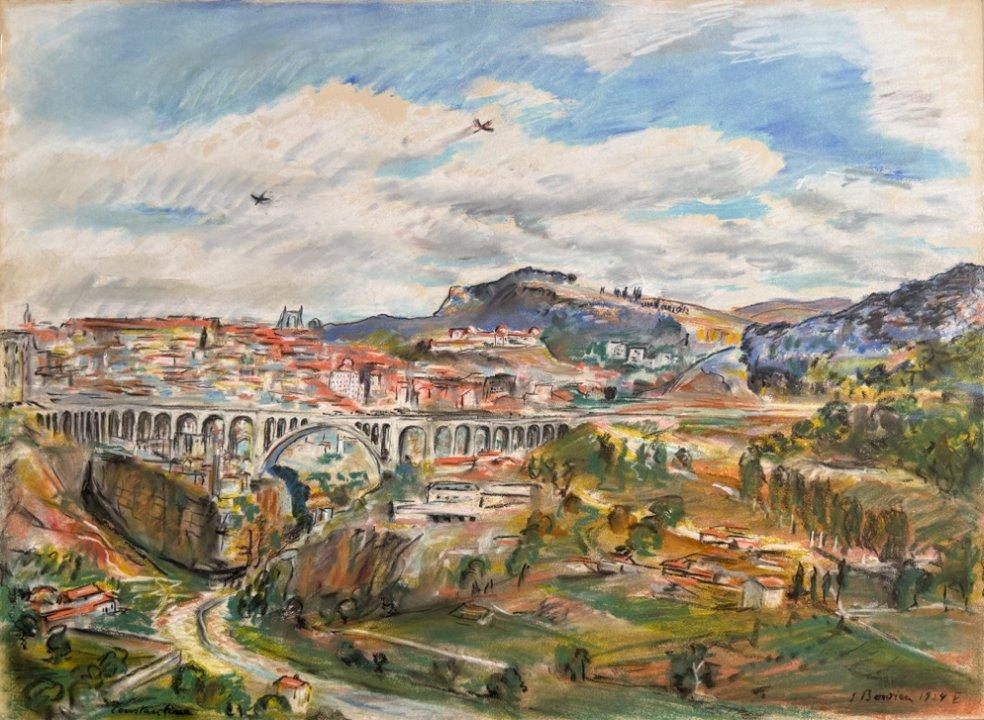Sensational discovery in Amsterdam!

Kathmandu Nepal
Montag, Dez. 22, 2025

The artist’s style lies at the intersection of Impressionism and Expressionism and is characterised by a highly developed sense of colour. During his training in Hanover, Munich, Dresden and Berlin, he was influenced by these different artistic centres. In his mature works, Bowien’s compositions are usually constructed from bold, loose brushstrokes and show a closeness to the technique of the German Expressionist Lovis Corinth.
The artist had a great love of travel and visited North Africa several times. The view of Constantine dates from his first trip to Africa in 1934. On 9 May, he boarded the luxurious passenger ship ‘Baloeran’ belonging to Rotterdam Lloyd. Later that month, he arrived in the city of Constantine in north-eastern Algeria, accompanying a Dutch diplomat and his family. This is evidenced by the date on the pastel, marked with the Roman numeral ‘V’ for the month of May.
In his memoirs, the artist wrote about the difficulties he encountered in depicting the city: "In Constantine, I was faced with a difficult task: a large, semicircular bridge with several large and many small arches – about thirteen in total – leads into the city. Beneath the large arches, the remains of the old bridge built by Emperor Constantine can be seen. And the city lies on the hills like Fribourg in Switzerland. The work was just as difficult as depicting Malta. I achieved the almost impossible!"
Although the extensive journey through the countries of the Maghreb – from Libya to Morocco – had exhausted the artist, his works from this period are generally considered to be the best of his creative period. This pastel depicting Constantine occupies a key position within this group: it captivates with its generous dimensions, its technically skilful execution and its vibrant colour palette.
Interest in the works of Erwin Bowien has experienced a significant renaissance in recent years. Several museums have dedicated important exhibitions to the artist in recent years.
Dr. Haroun Ayech
Neuenkamperstrasse 163
42657 Solingen
Telefon: +49 (151) 42221142
https://www.bettina-heinen-ayech-foundation.com
![]()